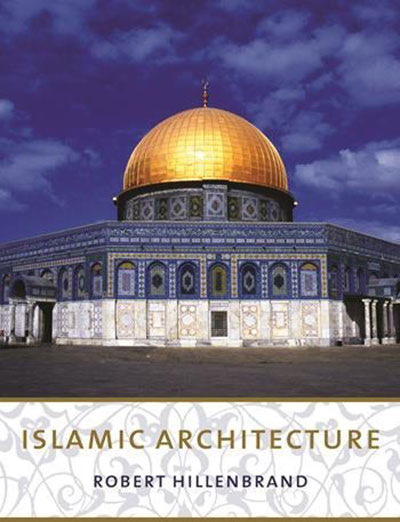Architectures
The Friday Mosque of Isfahan (11th-12th century), one of the first mosques of Persian design. Photograph: ©Patrick Ringgenberg.
“Persia is one of the oldest and most powerful nations in the world, one of those which have left the greatest vestiges on earth,” wrote the traveler Ibn Khaldun in the 14th century.
Western Iran was one of the areas of the Neolithic revolution which, from 10,000 BCE, saw the gradual construction of agricultural villages, some becoming cities from the 3rd millennium onward. Creator of the first urban civilization in Iran, the Elamites left remarkable remains, mainly the ziggurat of Chogha Zanbil (14th century BC), one of the best preserved of these storey temples originating from Mesopotamia. A people of Indo-European origin, the Iranians took power over the Iranian Plateau from the 7th century BC (Media kingdom), then in the 6th century were at the origin of the first universal empire in history, the empire of the Achaemenid Persians founded by Cyrus the Great. They patronized a grandiose palatial architecture, fully visible in Persepolis, and undoubtedly inaugurated the prototype of the Persian garden in Pasargadae: two canals intersect in a cross, defining four beds of vegetation – the basic plan of the chahar bagh or “four-gardens”.
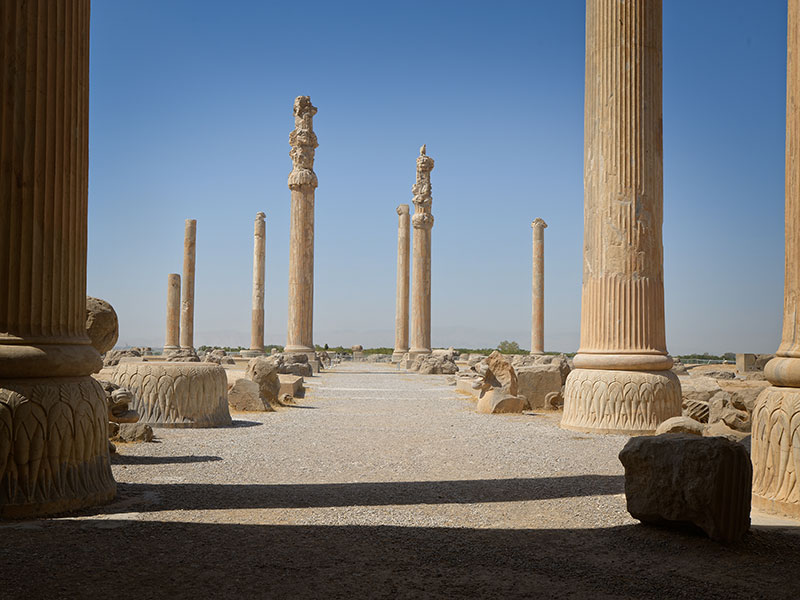

Domed room on squinches in the Sasanian palace of Firuzabad, 3rd century. Photograph: ©Patrick Ringgenberg.
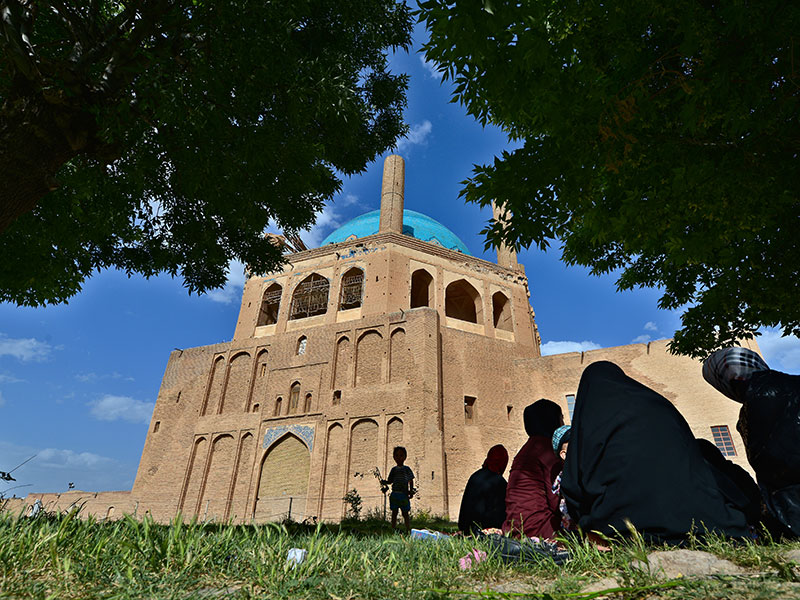
The extraordinary Mongolian mausoleum of Uljaitu, Soltanyieh, early 14th century. Photograph: ©Patrick Ringgenberg.
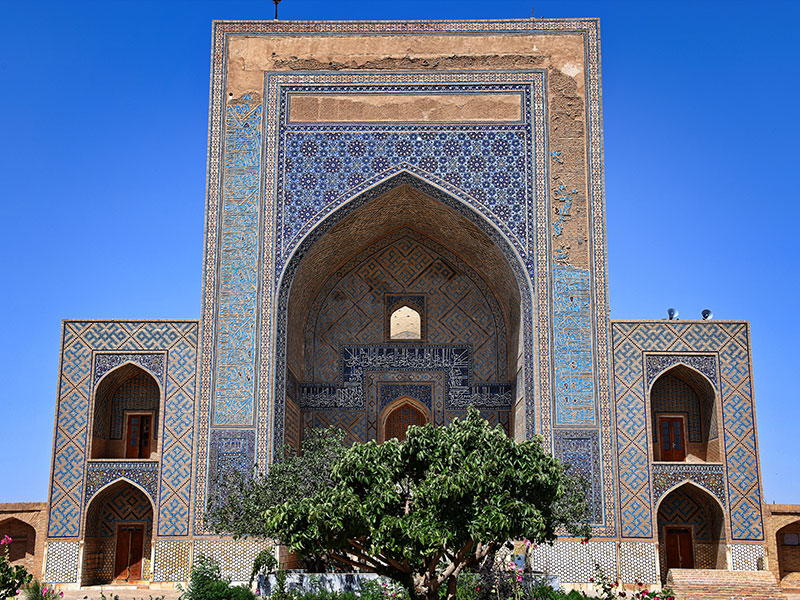
Timurid mausoleum of Taybad, 15th century. Photograph: ©Patrick Ringgenberg.
When Islam arrived, Sasanian traditions were a major source of inspiration for the oriental architecture of the new Muslim world. From the 12th century, a type of so-called Persian mosque developed, which took up ancient elements (iwan and dome on squinches), while at the same time the Iranian plateau saw the fruition of remarkable and innovative architecture (mausoleums, funerary towers, madrasas).
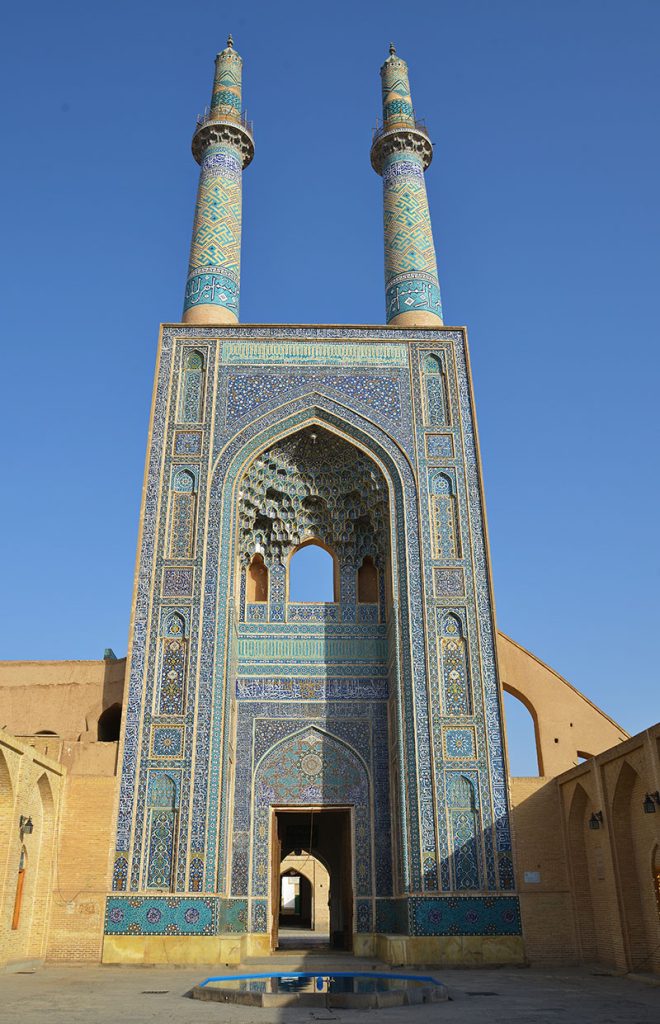
Friday Mosque, Yazd, 14th century. Photograph: ©Patrick Ringgenberg.
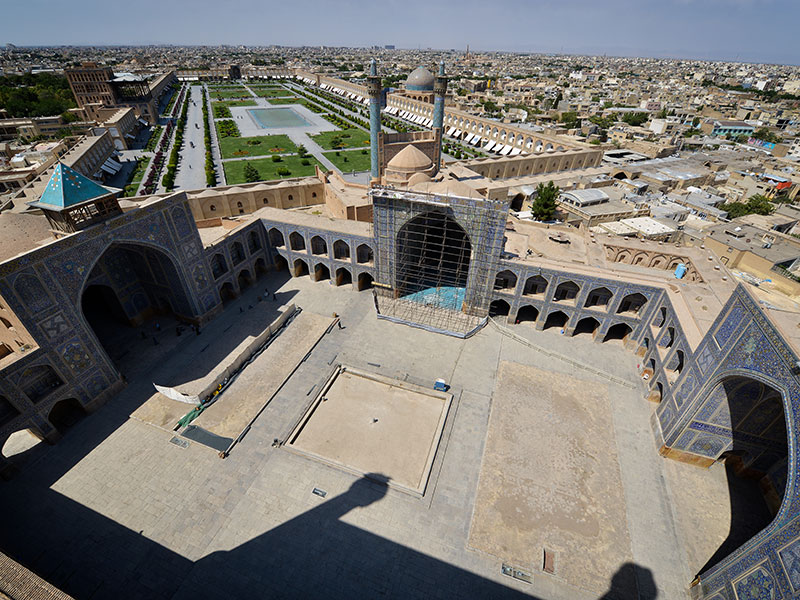
Royal Mosque, Isfahan, 17th century. Photograph: ©Patrick Ringgenberg.
Iran owes the variety of its architecture and its decorations to the confluence of several influences between East and West, to the diversity of its climates and its cultures, also to the diversity of the reigning dynasties over time – Arab, Turkish. , Mongolian – which each time had a notable influence in the development and renewal of styles. In the 20th century, architecture embraced all the trends of Western modernism. There is often little interest in contemporary architectural achievements, even though there are a number of innovative and exciting projects (Contemporary architecture of Iran).
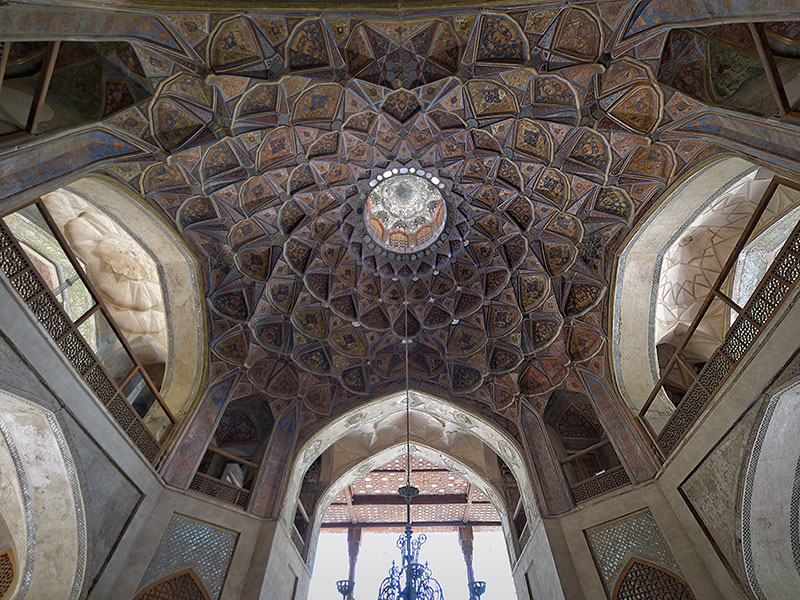
Hasht Behesht Palace, Isfahan, 17th century. Photograph: ©Patrick Ringgenberg.

Abbasian House, Kashan, 19th century. Photograph: ©Patrick Ringgenberg.
Despite numerous destructions over the centuries (wars, earthquakes, abandonment), Iran holds the richest architectural heritage in the Middle East, and one of the most remarkable in the world. Any “Discovery trip” will make you appreciate this diversity, and specialized trips (on ancient Iran, the fortresses or specific regions of Iran) will introduce you to the thousand nuances of this cultural heritage. We can also design tailor-made trips, accompanied by archaeologists or historians, giving you access to a more detailed knowledge of architectural history and access to vernacular traditions still practiced today.
To familiarize yourself with Iranian architecture, here is some reading:
